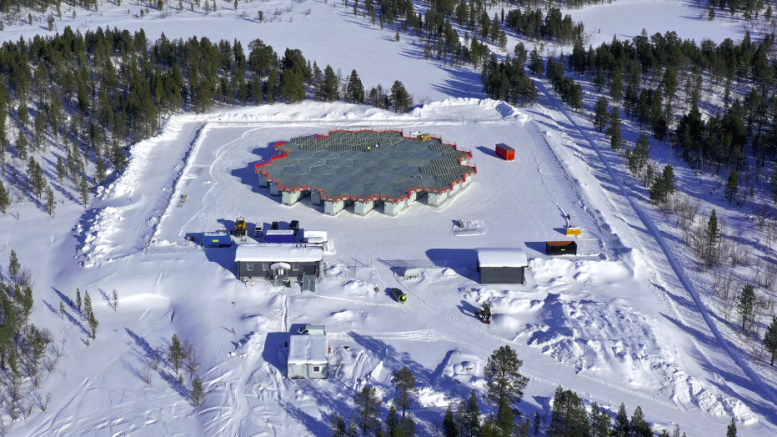Partnership with EISCAT Scientific Association to bring new AI/ML algorithms to improve the taxonomy of space objects and their behaviour predictions, and lead to a better view of the space environment
Coimbra, Portugal, 14 August 2024 – Widening its partner base, Neuraspace has joined EISCAT Scientific Association as an affiliate institution. EISCAT Scientific Association has been providing access to high-latitude incoherent radar scattering facilities and other instrumentation for scientific, non-military purposes since the 1980ies.
This strategic partnership gives Neuraspace, a European-born global leader in space traffic management (STM), access to radar observation time for monitoring space objects. It will also provide advanced ionospheric and atmospheric measurement data, in preparation for using the next generation of the incoherent scatter radar facility EISCAT_3D.
Using EISCAT’s legacy radar data, which complements Neuraspace’s optical data, will enable the company to offer a more comprehensive view of the space environment and improve automated operations, manoeuvre suggestions and decision-making for Neuraspace customers.
“Access to EISCAT data is a game-changer for Neuraspace,” said Chiara Manfletti, CEO of Neuraspace. “We can develop more robust methodologies and algorithms to correlate information from various sources. This ultimately leads to actionable intelligence for automated operations incorporating space traffic management. EISCAT’s expertise and commitment to scientific progress aligns perfectly with our mission. Their future endeavours, such as EISCAT 3D, further solidify this partnership’s potential.”
Partnering with EISCAT also allows Neuraspace to collaborate with the wider community of experts, fostering innovation in STEM research and development.
Dr Thomas Ulich, head of science at the EISCAT Scientific Association, said, “Maintaining accessible orbits is critical to societal functions. Our data will empower Neuraspace to refine object tracking and optimise space operations.”
In particular, EISCAT’s historical data sets of catalogued (white-listed) space objects will be instrumental for Neuraspace. This information will enable Neuraspace to develop new machine-learning algorithms. This will also improve the taxonomy of resident space objects, better predict their behaviour and identify patterns.
Insights collected from this data will be fed into Neuraspace’s STM solution, leading to more informed choices for its customers. Neuraspace already predicts the evolution of object uncertainty up to five days ahead of the time of the closest approach.
The EISCAT Scientific Association is in the final stages of developing the next-generation incoherent scatter radar system in the Arctic called “EISCAT 3D”. The first test measurements with EISCAT 3D are expected to be carried out in the coming year.
About Neuraspace
Established in 2020, Neuraspace is a European-born company that provides solutions and services to more than 300 commercial satellites with established operators in the market to make space safe, secure, and sustainable. Neuraspace offers real-time automated space traffic management, routine space mission support software and resilient mission design, focusing on sustainability. They also leverage new-age technologies, including artificial intelligence and machine learning, to process data, automate processes, and offer valuable insights. The company’s SaaS platform facilitates coordination among satellite operators, while their Data-as-a-Service product offers comprehensive space situational awareness. Neuraspace has raised 2.5 million euros from Armilar Venture Partners and a further 25 million euros for sensor infrastructure and its growth strategy with the support of the Recovery and Resilience Plan and NextGenerationEU Funds. To know more, visit www.neuraspace.com or check out our LinkedIn.
About EISCAT Scientific Association
EISCAT (European Incoherent Scatter Association), is a scientific organisation established in 1975. The Associates of EISCAT are China, France, Finland, Japan, Norway, South Korea, Sweden, Ukraine and the United Kingdom. It provides access to research facilities for scientific, non-military research of the lower, middle and upper atmosphere and ionosphere using the incoherent scatter radar technique. The first EISCAT system, the UHF incoherent scatter radar, became operable in 1981. Since then, the facilities of the EISCAT Scientific Association have been continuously developed and extended, and today, comprise a suite of world-class radars and a powerful ionospheric heating facility in the European Arctic.
Source: EISCAT









Be the first to comment on "Neuraspace strengthens its space traffic management solution with EISCAT partnership"